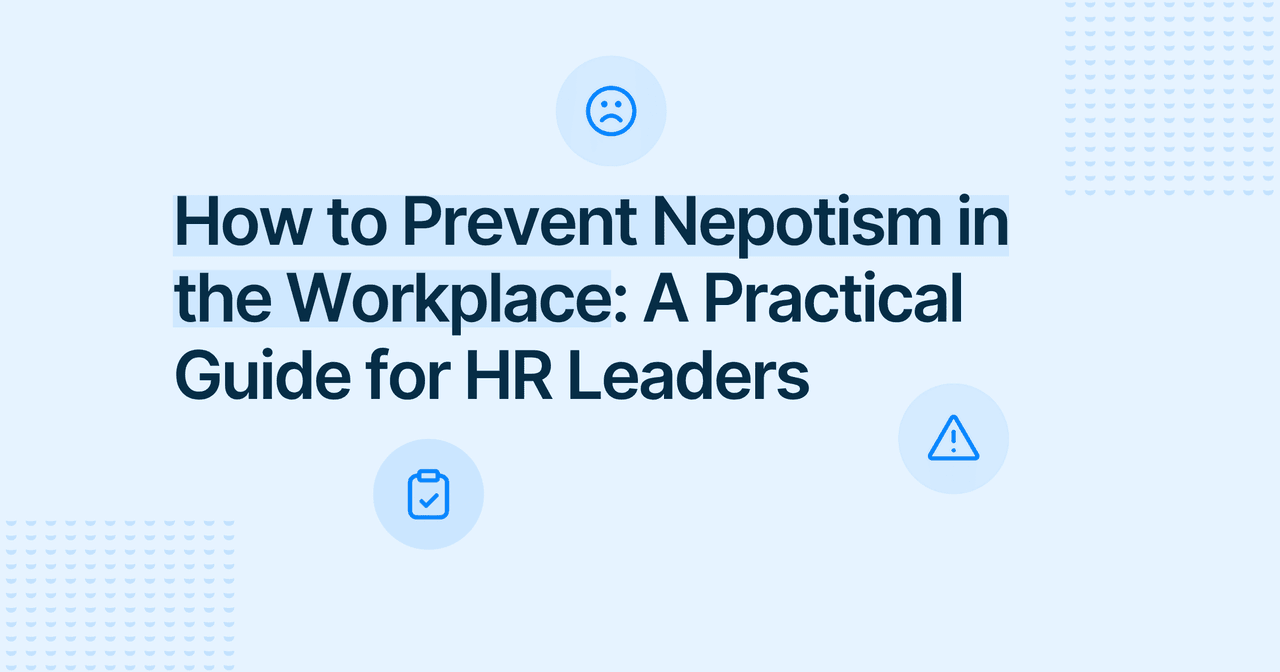



Discover the benefits of a transparent organization!
Try our free platform and strengthen the culture of openness in your team.
Workplace Environment

Yeva Bartkiv
Copywriter
Published
2025-06-25
Reading time
5 min


Table of contents
Subscribe to our newsletter
Whether you’re leading team meetings, conducting performance reviews, or mentoring team members, providing effective feedback is vital. But understanding how to give it in a respectful and constructive way is even more so.

As marketing professionals working closely with HR and employee engagement tools, we deal with employee feedback daily, and we’ve seen how the right employee feedback and retention strategies can transform a work environment from reactive to resilient.
When employees feel heard, supported, and guided toward growth, they are more likely to stay and succeed. And today, I’ll share with you the real-world examples and practical strategies to create a culture that’ll help you achieve that.
Constructive feedback is thoughtful, forward-looking communication aimed at improving behavior, skills, or outcomes. Unlike vague non-constructive criticism, it provides:
Constructive feedback can be positive, reinforcing good habits and results, or developmental, guiding improvement in areas like communication, time management, or ownership of deliverables.
When given regularly and effectively, constructive employee feedback offers numerous benefits to individuals, teams, and the broader organization:
Most importantly, consistent feedback ensures that employees know what is expected of them and how they can meet or exceed those expectations.
Many professionals struggle with feedback conversations due to discomfort or uncertainty. The most common obstacles include:
These challenges are real, but they can be resolved through preparation, clarity, and empathy.

This model brings structure and objectivity to your feedback. It breaks the message down into:
Example:
“In our team call last week (situation), you interrupted another team member while they were presenting (behavior), which caused them to lose their train of thought and slowed the discussion (impact).”
Giving feedback in real time helps make the message more relevant and effective. Don’t wait until a formal performance review – timely conversations allow for faster corrections and greater context.
Avoid generalities. Focus on specific examples that clearly describe the issue and offer a path forward.
Example:
“You missed the last two project deadlines. Let’s take a look at how you’re planning your schedule and see where we can adjust your priorities.”
Highlight what’s going well as much as what needs work. This reinforces positive feedback and helps maintain motivation.
Example:
“Your report was insightful and well-organized. Let’s build on that by tightening your executive summary to make the key points stand out even more.”
Invite input from the other person to create a shared understanding and stronger commitment. Try asking some supporting question, like:
This increases trust and makes the conversation feel collaborative, not corrective.
After the initial feedback session, make time to check in and offer further support. This shows accountability and care, completing the feedback loop.
Example:
“I appreciate the improvements you’ve made in how you’re managing your updates. Let’s keep this momentum going into next month’s sprint.”

Here are practical constructive feedback examples workplace managers and team leaders can use:
Each of these examples is focused, actionable, and reinforces the value of both improvement and recognition.
Accepting constructive feedback in the workplace is just as important as giving it. Encourage employees and peers to:
Receiving feedback with openness is a sign of professionalism and shows readiness for professional growth.
Creating a sustainable feedback culture means normalizing feedback as part of daily work. You can do this by:
When done consistently, feedback becomes part of how your team solves problems, improves performance, and supports each other.
Learning how to give constructive feedback in the workplace is a strategic advantage. Done well, it boosts employee performance, strengthens teamwork, and reinforces a culture of excellence and respect.
The most effective feedback is:
Invest in your team’s growth, and you’ll see the return in performance, engagement, and resilience.
FaceUp helps organizations streamline the employee feedback process, create structured feedback sessions, and drive measurable improvements. Book a demo today to see how you can build a culture of clarity, accountability, and trust.




Try our free platform and strengthen the culture of openness in your team.
Keep Reading

Alaa El-Shaarawi2025-11-137 min
Legal & Compliance

Alaa El-Shaarawi2025-11-139 min
Workplace Environment

Alaa El-Shaarawi2025-11-126 min
Whistleblowing

Alaa El-Shaarawi2025-11-1110 min
Employee Relations